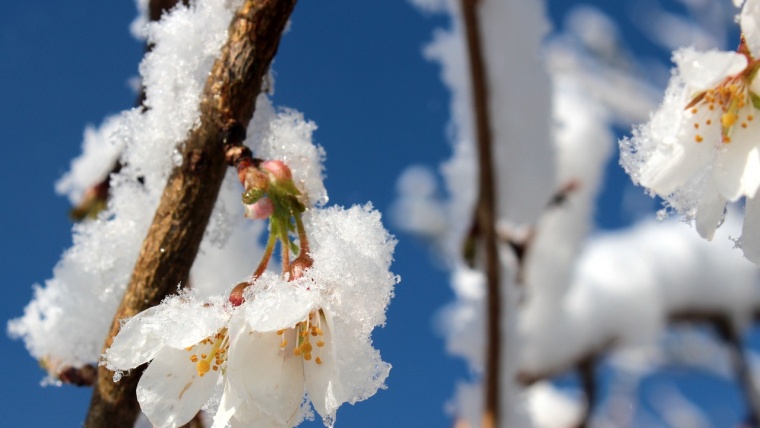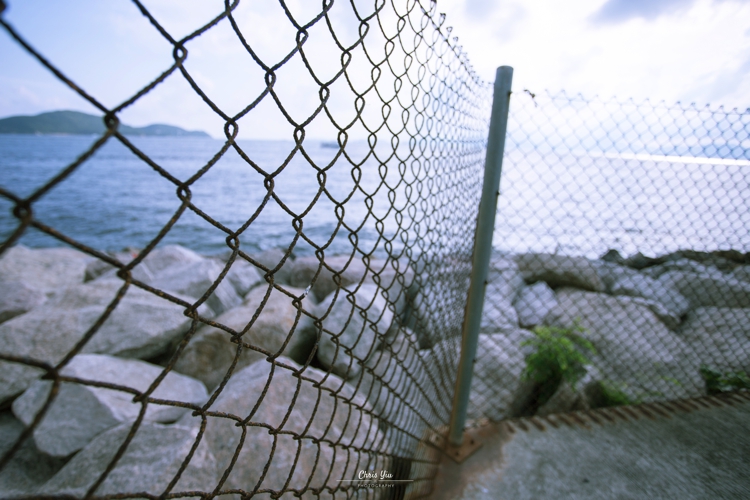
Are you fed up with the style that you have been shooting for years? If you are those who are always eager to try new styles, you should definitely take Japanese style into consideration. From my observation, Japanese style is something rare in western countries. On the other hand, it is a prevailing trend in Asian region like Hong Kong, Taiwan and, of course, Japan. Japanese style photography is capable of turning banal scenes into precious gems. Undoubtedly, post-processing is not the only step in achieving such style. Shooting is also an unneglectable step and is far more important than post-processing. Post-processing would not turn a piece of crap into a masterpiece. Post-processing is the stage that you correct minor mistakes and enhance your photos. However, it only works when you shot in a correct manner. In other words, you need to be clear that you intend to shoot in Japanese style and have the whole picture in your mind of the final outcomes in the first place.
Tons of the photographers in Hong Kong and other nearby Asian countries have been captivated by and attempting this style. However, not a few of them rely too heavily on post-editing without paying attention to the choices of subjects and observation of light. Atmosphere and emotion are also crucial in shooting Japanese style. There is no official definition for such style. But the vast majority of photographers agree the following.
Moments of daily life is a common theme in Japanese style photography. Photographers capture candid moments of what they encountered in a day. The photographs might be shot on a street, a beach, in a cafe or even at home. We should take photography personally especially when we come across to Japanese style photography. Emotions and feelings are definitely the fundamental elements of this style. The real theme behind the aforementioned list of subjects should be emotions. The role of the subjects is to deliver the photographer’s feelings to audiences. Despite the fact that the photos of this style often bring little visual impact, they usually bring a sense of soothingness to the audiences. They should make the viewers feel refreshing.
Lighting is the cornerstone of photography. The quality of lighting determines atmosphere and emotions of a photo. As being natural is one of the emphases of this style, it is not recommended to use flashes during shooting. We use natural light, which is sunlight, as our sole light source. Therefore, you should familiarize yourself with the characteristics of sunlight. Photographs shot in Japanese style are often shot during sunny days. If the weather is overcast, sunlight will be too diffused. We need sunlight striking directly on the subject. The subject is often backlit by sunlight. In other words, the camera should be facing the direction of the sun. Under most circumstances, you will have to overexpose the shot in order to get the subject properly exposed if you are shooting a backlit scene. I recommend you to shoot with a fast lens. A cheap lens like 50 f/1.8 will do because this type of lens has a relatively large aperture. What’s more, they usually have a relatively poor coating on the front of the lens. It is usually a drawback for lenses because it creates flare which could potentially affect the quality of photos. We’d love to have those little flares included while shooting in Japanese style. The flares help create a calm atmosphere in the photo.


There is also a special color tone in Japanese style. The photos are usually dominated by the tone of pale blue and green and the photos are often unsaturated. I will discuss how to get these tones with Photoshop in the next tutorial. Stay tuned for the second part of this guide!